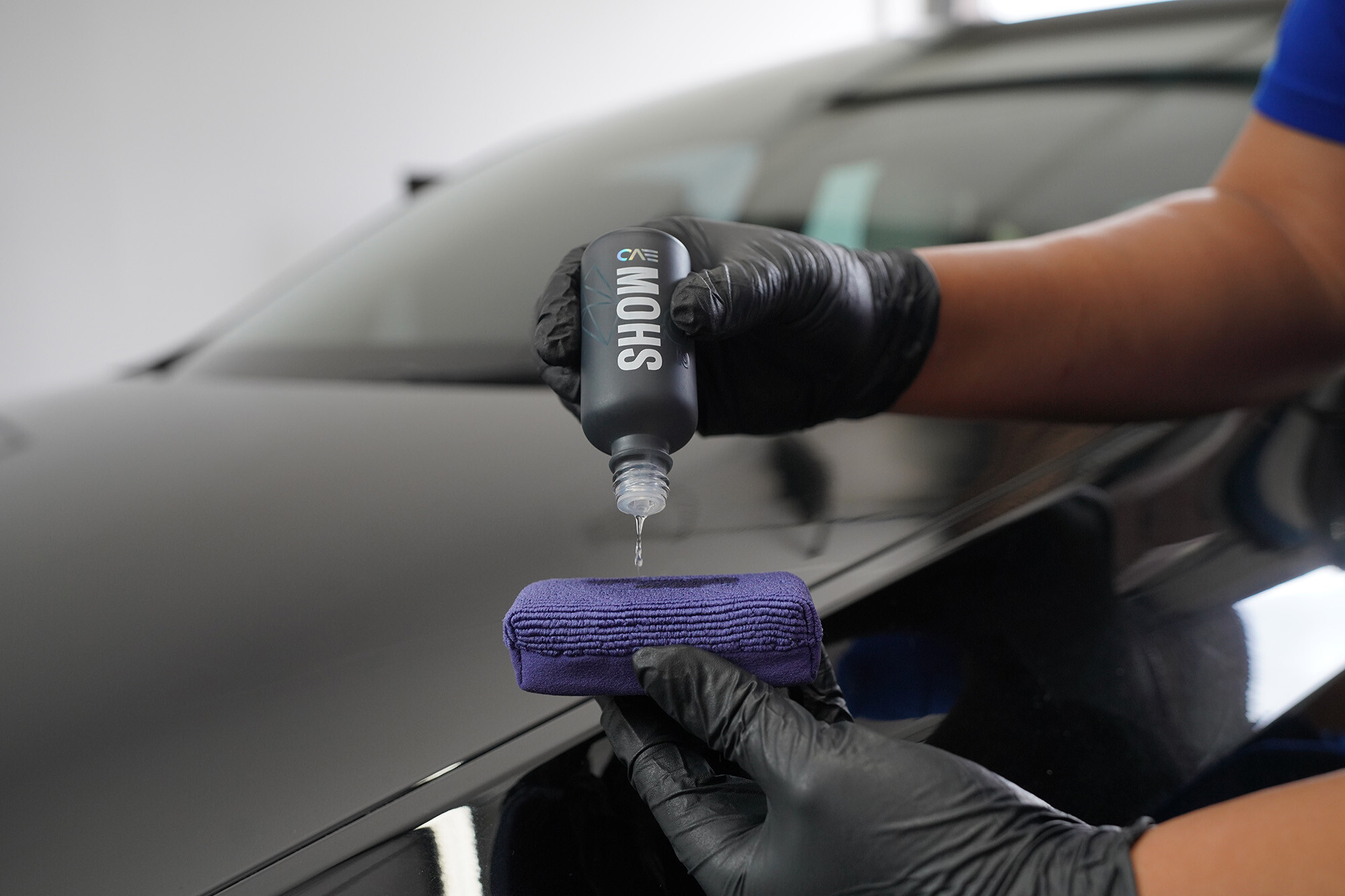When it comes to keeping your vehicle in pristine condition, there’s a protective option that has gained significant popularity in recent years—Paint Protection Film, or PPF. But what exactly is PPF, and why has it become a game-changer for car owners? PPF is a transparent, durable layer of film applied to the surface of a vehicle to protect its paint from various environmental hazards. Whether you’re dealing with small scratches from road debris, bird droppings, or the harsh effects of UV rays, PPF offers a shield that helps maintain the appearance of your car.
The Need for Vehicle Protection Today
Modern vehicles are built with impressive finishes, but they’re not immune to damage. Everyday hazards like rock chips, road salt, and the sun’s UV rays can quickly degrade the paintwork, leaving your car looking worn and aged. If you want to maintain the resale value and aesthetic appeal of your vehicle, proper protection is essential.
How PPF Works: The Science Behind the Film
PPF is not just any ordinary film; it’s a high-tech solution designed for maximum protection. The film is typically made from a thermoplastic urethane material, which makes it incredibly flexible and resistant to physical damage. One of the standout features of PPF is its self-healing property—minor scratches and swirl marks disappear when exposed to heat, leaving the surface looking as good as new.
Advantages of PPF for Modern Vehicles
Long-Term Protection and Durability
The primary reason why PPF is so popular is the unparalleled protection it offers. This film acts as a barrier, absorbing impacts from rocks and other debris, preventing them from marring your car’s finish. It also protects against fading from UV rays, ensuring your vehicle’s color stays vibrant for years.
Prevents Paint Damage from UV Rays, Rocks, and Debris
UV rays are notorious for causing paint to fade over time. With PPF, you don’t have to worry about your car’s paint losing its luster. Additionally, rocks and road debris, which are common sources of chips and scratches, have a harder time damaging the surface.
Protection Against Chemical Stains and Bird Droppings
Bird droppings, tree sap, and other contaminants can damage your car’s paint if left untreated. PPF prevents these substances from bonding with the surface, making it much easier to clean and reducing the risk of permanent stains.
Aesthetic Benefits of PPF
PPF is not just about protection—it’s also about preserving your vehicle’s look. By applying a high-quality PPF, you can maintain the original factory finish of your car. Whether you prefer a glossy or matte finish, PPF ensures that your car’s appearance remains as fresh as the day you bought it.
Self-Healing Technology: The Secret to Longevity
One of the most remarkable features of PPF is its self-healing capability. Minor scratches and swirl marks that would otherwise mar your car’s surface vanish when exposed to heat. This makes it a low-maintenance option for car owners who want a long-lasting solution without constant upkeep.
Cost-Effectiveness of PPF Coatings
While the initial cost of PPF Coatings installation may seem high, it’s important to consider the long-term value it provides. PPF saves you money in the long run by preventing costly paint repairs and reducing the frequency with which you need to wax or apply other protective coatings.
PPF Coatings and Vehicle Resale Value
Your vehicle’s appearance is one of the first things a potential buyer notices. A well-maintained exterior with no visible scratches or fading can significantly increase the resale value of your car. By investing in PPF, you ensure that your vehicle stays in top condition, making it more attractive to buyers and boosting its resale value.
Environmental Protection: PPF’s Role in Sustainability
Did you know that PPF can contribute to a more sustainable automotive industry? By reducing the need for repainting and the frequent application of chemical-based products, PPF helps minimize the environmental impact of car maintenance. Additionally, many PPF products are made from eco-friendly materials, which adds another layer of sustainability.
Installation Process of PPF Coatings
PPF can be applied either professionally or as a DIY project, but for optimal results, it’s best to trust the installation to professionals. The process involves carefully cleaning the vehicle, cutting the film to size, and applying it with precision to ensure a smooth, flawless finish.
How to Maintain PPF Coatings
To extend the life of your PPF, it’s important to care for it properly. Regular washing with mild soap, avoiding abrasive materials, and staying away from harsh chemicals will keep your PPF in excellent condition. It’s also advisable to perform occasional inspections to ensure that the film is intact.
Common Misconceptions About PPF
There are several myths surrounding PPF that need to be addressed. Some people believe that PPF is prone to yellowing, but high-quality films are designed to resist discoloration. Others think that PPF can be removed easily, but it’s a long-term solution that’s designed to stay on your car for years.
Choosing the Right PPF for Your Vehicle
When choosing a PPF, consider factors such as the type of finish you want (gloss or matte), the thickness of the film, and the warranty provided by the manufacturer. High-quality PPF films offer the best protection and durability, so it’s worth investing in a trusted brand.
PPF Coatings for Different Vehicle Types
Whether you own a luxury vehicle, sports car, or daily driver, PPF offers benefits for all types of cars. Luxury cars benefit from the protection PPF provides against road debris, while sports cars and high-performance vehicles benefit from the enhanced appearance and long-lasting finish.
Conclusion: Is PPF Coating Worth It for Your Modern Vehicle?
In conclusion, PPF offers numerous advantages for modern vehicle owners. From long-lasting protection against environmental factors to enhancing your vehicle’s aesthetic appeal, PPF is a valuable investment. Not only does it preserve the paint job, but it also increases resale value, reduces maintenance costs, and contributes to sustainability.

